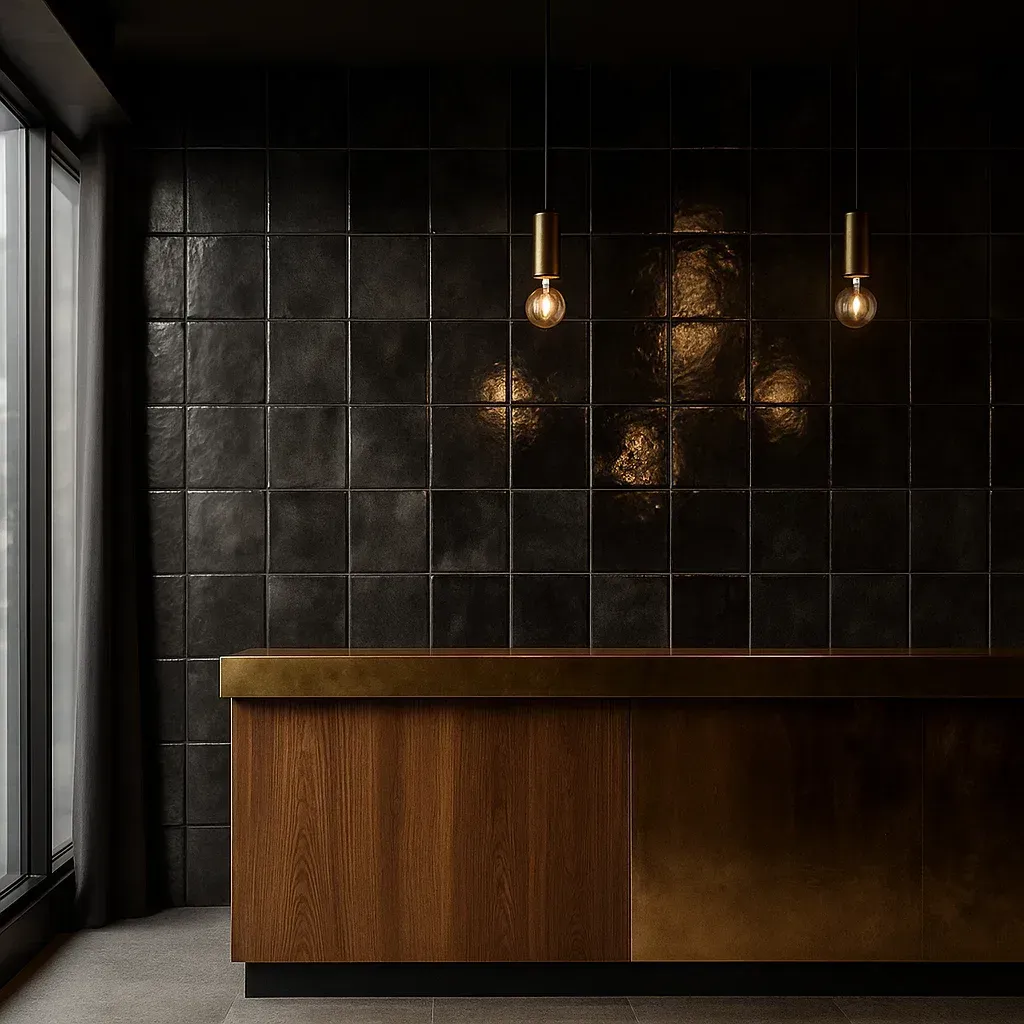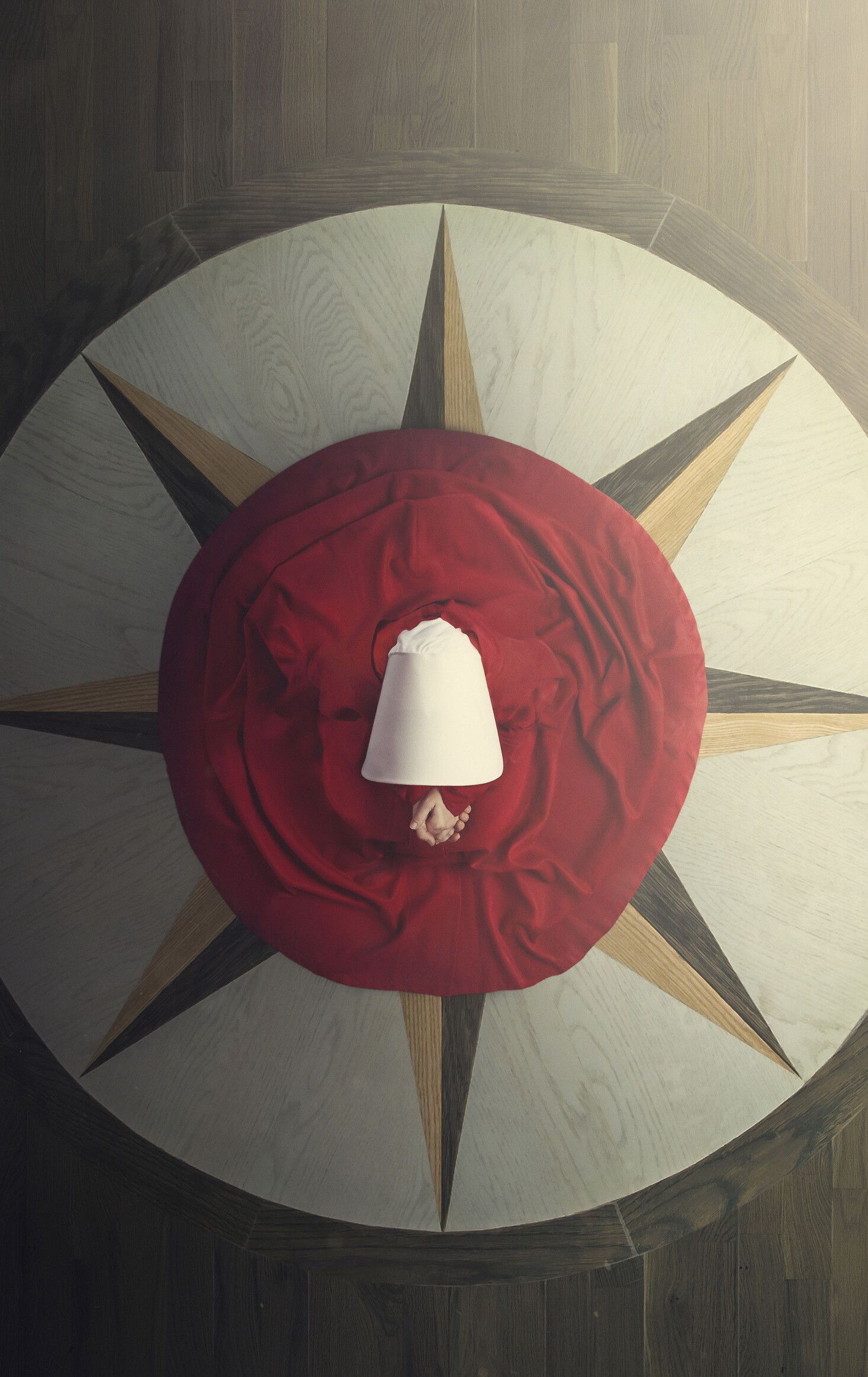The History and Benefits of Zellige Tiles: A Timeless Art Form Revived
Zellige tiles, with their rich history and exquisite craftsmanship, have captivated designers and homeowners for centuries. Originating in the Islamic civilization of the 10th century, these Moroccan tiles have experienced a resurgence in modern design. In this article, we will explore the origins, benefits, and contemporary popularity of Zellige tiles, examining why they continue to be a coveted choice for interior spaces.
Unveiling the Ancient Craftsmanship
Zellige tiles find their roots in the Islamic civilization of the 10th century. Originating in Morocco, this traditional art form quickly spread throughout the Islamic world, leaving its mark on iconic architectural structures.
Creating Zellige tiles is a labour-intensive process that showcases meticulous craftsmanship. Skilled artisans source clay, shape it into geometric patterns, and then hand-cut and glaze each tile. The result is a unique piece of art characterized by vibrant colours and a glossy finish.
Zellige tiles hold deep historical and cultural significance in Islamic architecture. They were prominently featured in mosques, palaces, and mausoleums, becoming emblematic of Moroccan craftsmanship and cultural identity.
Zellige Tiles in Modern Design
After centuries of being overshadowed, Zellige tiles are experiencing a revival in the contemporary design world. Their resurgence can be attributed to a growing interest in traditional craftsmanship and a desire for unique, handcrafted elements in interior design.
Zellige tiles are now being incorporated into various architectural and design projects globally. They have found a place in residential and commercial spaces, adding a touch of elegance and artistic expression. From kitchens and bathrooms to hotels and restaurants, the versatility of Zellige tiles knows no bounds. Popular applications include zellige tile backsplashes and the use of zellige-style subway tiles.
What makes Zellige tiles truly captivating is their unique characteristics. The vibrant colors, shimmering glazes, and irregular edges add depth and texture to any space. White Zellige tiles, in particular, are highly sought after for their timeless elegance and ability to create a bright, airy ambiance.
The Benefits of Zellige Tiles
Zellige tiles are renowned for their durability and longevity. Crafted with high-quality materials and meticulous attention to detail, they can withstand moisture, heat, and wear. This makes them suitable for both indoor and outdoor applications, ensuring their beauty will endure for years to come.
Zellige tiles also have environmental benefits. Made from natural clay and pigments, they have a minimal carbon footprint and are biodegradable. Choosing Zellige tiles contributes to sustainable design and supports eco-conscious practices.
One of the key advantages of Zellige tiles is their versatility. They offer endless design possibilities, allowing for customized patterns and color combinations. Skilled artisans can create zellige backsplashes and tailor-made zellige tile kitchens to meet specific requirements and preferences.
The Trendy Comeback of Zellige Tiles
Renowned designers and architects have embraced Zellige tiles in their projects, helping propel them back into the limelight. Their influential use of Zellige tiles, including green Zellige tiles, has inspired countless design enthusiasts and cemented their place in modern design.
The resurgence of Zellige tiles can also be attributed to the power of social media. Platforms like Instagram and Pinterest have played a significant role in showcasing the beauty and versatility of Zellige tiles to a global audience. Design enthusiasts are finding inspiration in the visual allure of these tiles and incorporating them into their own spaces.
Zellige tiles have stood the test of time, captivating designers and homeowners with their rich history, enduring benefits, and timeless appeal. From their origins in Islamic civilization to their contemporary popularity, Zellige tiles continue to be a symbol of craftsmanship and artistic expression. Their vibrant colours, shimmering glazes, and versatility make them a cherished choice for creating stunning and unique interiors. As the trend of embracing traditional craftsmanship grows, Zellige tiles are sure to remain a prominent feature in the world of design.















